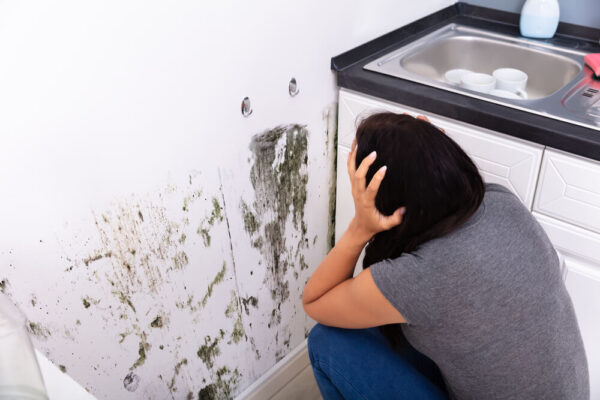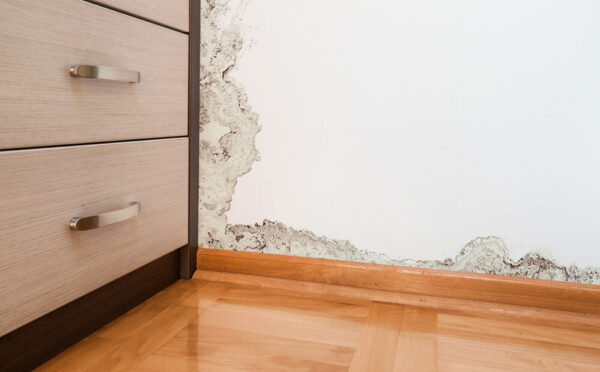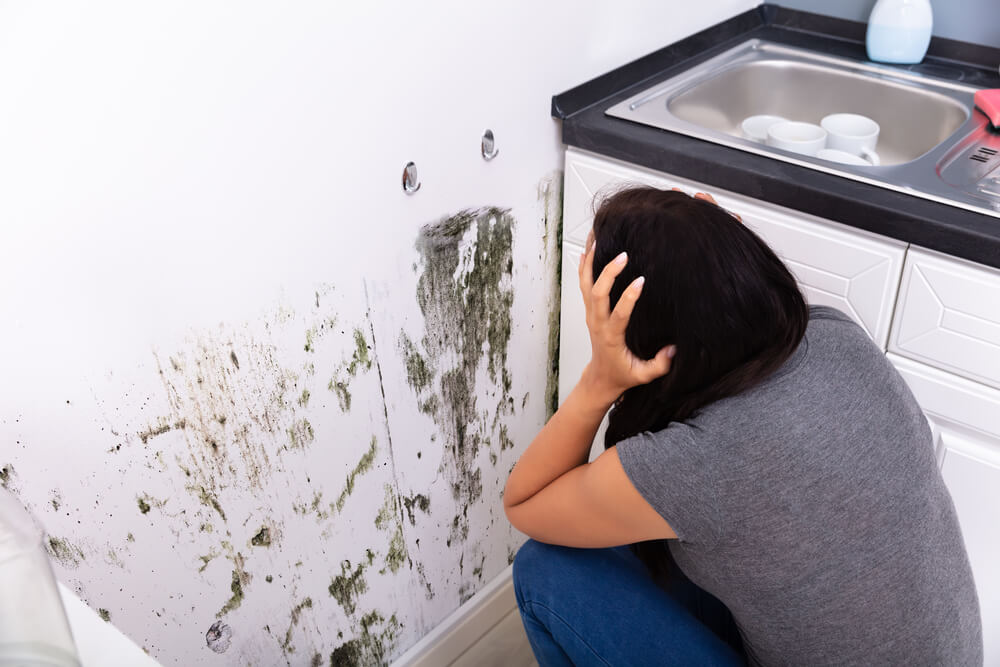A leaking drain pipe in the wall presents a severe risk to any homeowner because the damage occurs silently and completely out of sight. Unlike pressurized water supply pipes that show a constant drip, drain pipes only leak when water is actively running from sinks, showers, or appliances, which allows moisture to accumulate slowly over time. The key to mitigating this risk is early detection knowing the subtle indicators that moisture is trapped within your walls. This article will thoroughly detail the four most critical signs of a hidden drain leak, empowering you to act quickly to prevent mold growth, stop severe structural damage, and ultimately avoid massive, costly repair bills.

Why Ignoring a Hidden Drain Leak Puts Your Home at Risk
When a drain pipe fails inside a wall, the resulting water damage quickly escalates into a major problem, threatening both your home’s structure and the health of its occupants. Escaping water immediately saturates essential building materials like drywall, insulation, and the wooden studs that form the structural framework. Over time, this saturation leads to wood rot, severely compromising the stability and integrity of the wall. Furthermore, this consistent damp environment is the perfect habitat for mold and mildew. This growth is the source of that persistent, musty smell in your home and poses serious respiratory health risks to your family. Recognizing the need for immediate repair is critical to ensure you stop a minor leak from becoming a financial and health crisis.

Critical Warning Signs of a Drain Pipe Leak Inside Your Wall
Identifying a hidden plumbing failure relies on observing the subtle changes and visible damage the trapped water creates on the surface. These four signs are the most reliable indicators that a drain pipe is leaking inside your wall:
1. Growing Water Stains and Wall Discoloration
The most recognizable, yet often ignored, sign of a hidden leak is the appearance of distinct discoloration on your walls or ceiling. These yellow, brown, or dark stains are caused by mineral deposits and contaminants being pulled from the inner wall materials by the escaping water. A critical characteristic of an active leak is that these stains often have an irregular, expanding shape and have a tendency to “grow larger” or reappear quickly, even after you attempt to paint or clean the area. This recurrence confirms that water is actively and continuously being introduced into the wall cavity from a damaged pipe.
2. Strong, Persistent Musty Odors and Hidden Mold
A consistent, strong musty or earthy odor is the biological confirmation that moisture is trapped, leading to fungal growth. When a drain pipe leaks, it saturates the enclosed materials, providing the perfect conditions for mold and mildew, which emit this recognizable musty smell. Even if you see no visible mold on the exterior of the wall, the odor strongly indicates that the fungi are actively growing behind the drywall or insulation. If you notice this smell lingering near plumbing fixtures and it does not dissipate with ventilation, it is a significant warning sign of a severe, underlying moisture and potential health risk that needs immediate attention.
3. Peeling Paint, Bubbling Surfaces, and Warped Walls
Excess water pressure and saturation inside the walls directly break down the surface materials, providing a physical clue of the problem. You will notice paint and wallpaper losing their adhesion, leading to paint bubbling, blistering, or flaking and wallpaper visibly peeling away from the wall in distinct sections. Additionally, the drywall material will swell as it absorbs water, resulting in warping, the formation of soft or bulging spots, and an uneven surface texture. If the wall feels spongy or damp to the touch, the material is actively failing due to prolonged exposure to water from a hidden leak.

4. Unexplained Water Usage or Increased Utility Bills
While drain pipes carry wastewater, a sudden, consistent increase in your monthly water utility bill without any change in your water usage habits requires a thorough plumbing investigation. Although primarily associated with supply line leaks, persistent, unsolved utility spikes necessitate a full diagnostic check that must include the integrity of your drain lines behind the walls. Checking your meter during a period of non-use can confirm that water is escaping somewhere in your system, and the investigation should include the drain pipes as a potential hidden source.

Taking Control: Confirming and Solving Your Leak Problem
Once you identify any of these critical warning signs, the immediate next step is to accurately confirm and locate the source of the moisture to enable a precise and non-destructive repair. Experienced local plumbers rely on advanced, non-invasive tools to protect your home. They commonly use a moisture meter to pinpoint the exact damp areas inside the wall without having to cut into it, and may use thermal imaging cameras to identify temperature differences caused by escaping water. Your immediate action should be to minimize use of the water source connected to the suspected drain and call a qualified local plumbing professional specializing in leak detection and repair to quickly diagnose the specific break and prevent further escalating damage.
Conclusion: Your Proactive Step to a Healthier Home
A leaking drain pipe in the wall is a serious hidden problem, but your home provides clear and urgent warning signals you should never dismiss. By actively monitoring for water stains, persistent musty odors, peeling paint, and unexplained utility bill spikes, you gain the power to intervene immediately before a small leak turns into a disastrous financial and structural failure. The benefit of acting quickly is substantial: you protect your home’s structural stability, eliminate the dangerous risk of hidden mold, and ensure a healthier, more stable living environment. The key to successful resolution is simple: trust the physical evidence, act promptly, and engage professional expertise at the first sign of trouble.
FAQs

Arman Grigoryan
Founder & President of New Flow Plumbing
Arman Grigoryan is the founder and president of New Flow Plumbing, proudly serving Los Angeles, Sacramento, and surrounding areas. With extensive experience in plumbing diagnostics, he leads a skilled team specializing in advanced sewer and drain camera inspections to quickly identify problems and deliver lasting solutions. Arman is dedicated to using the latest technology to provide reliable service, honest answers, and dependable results for every customer.







